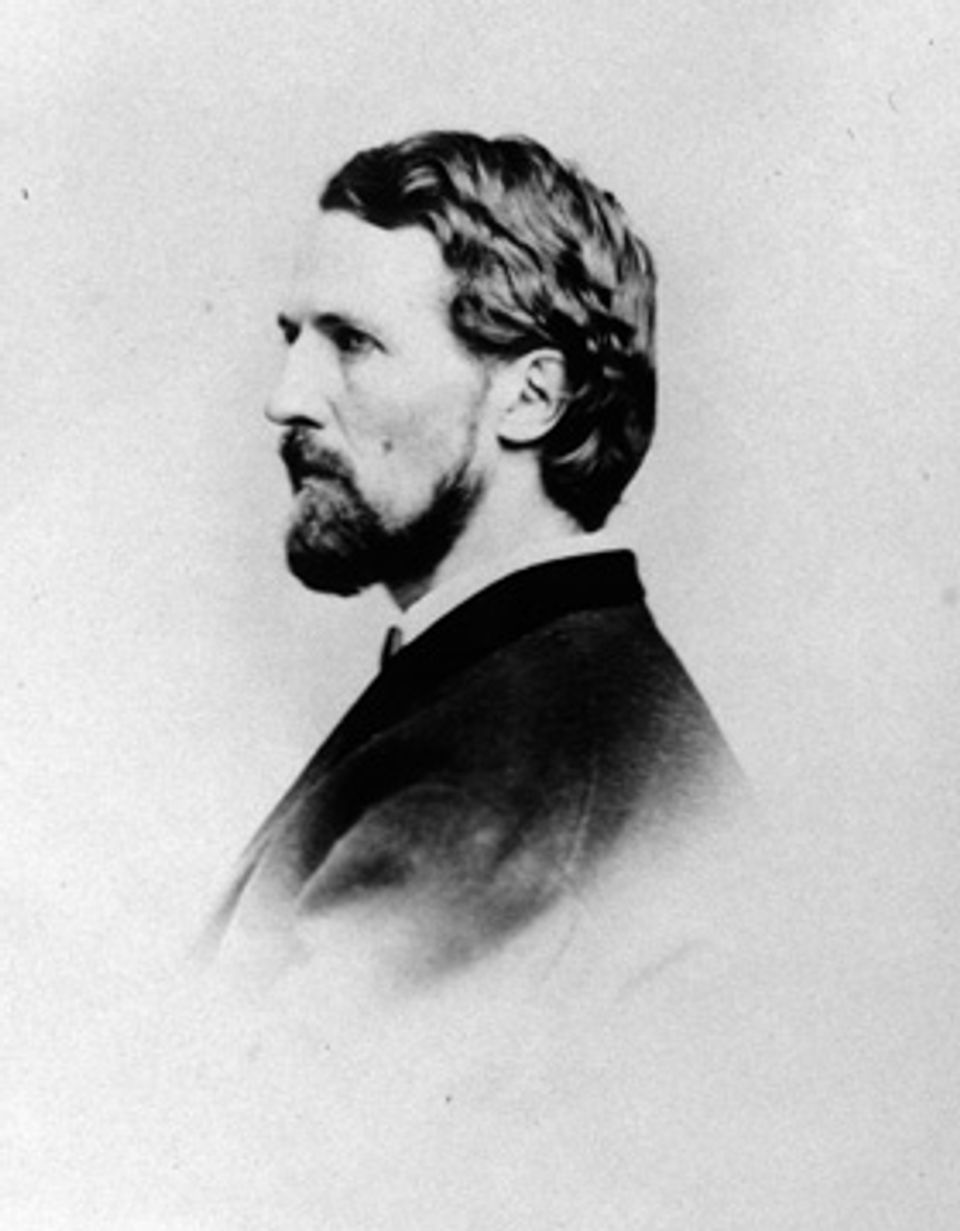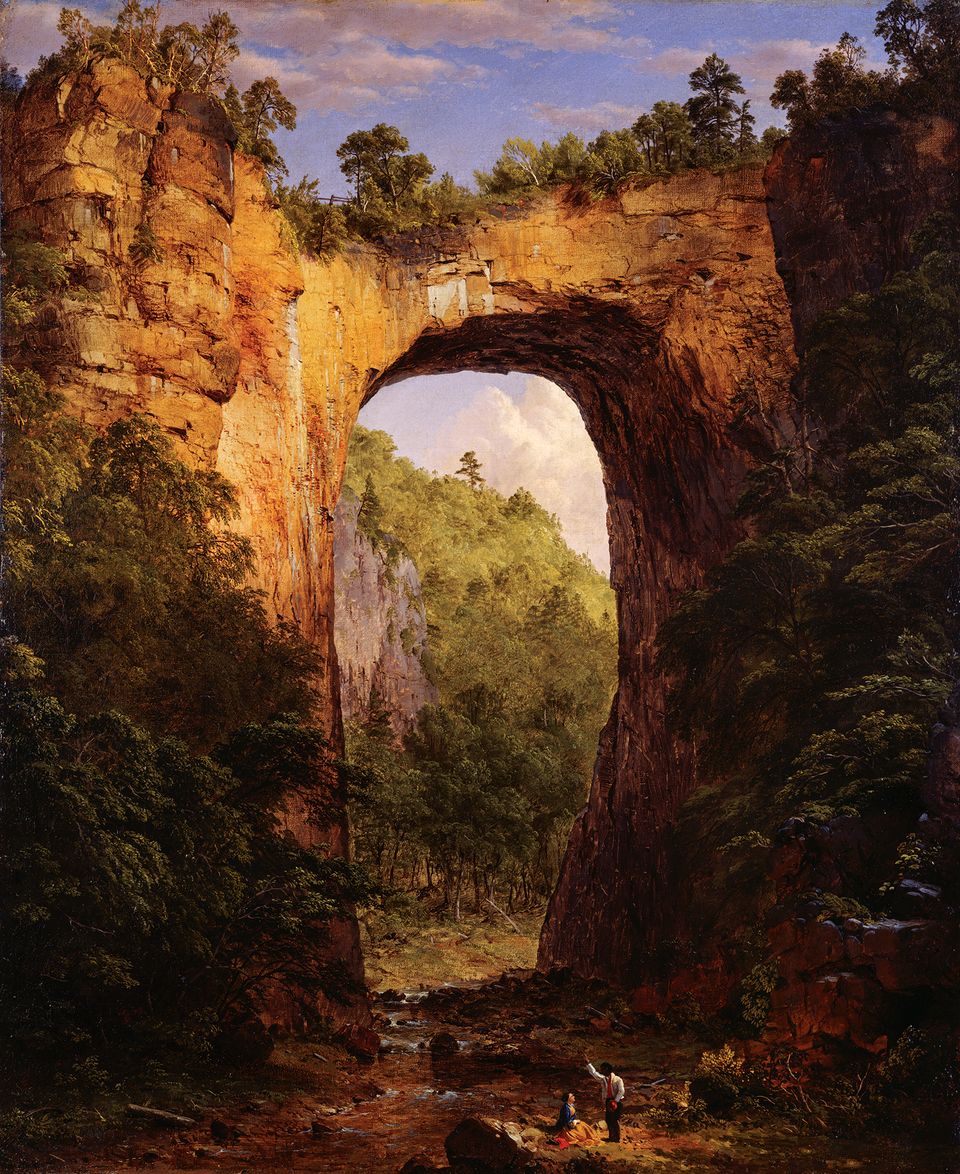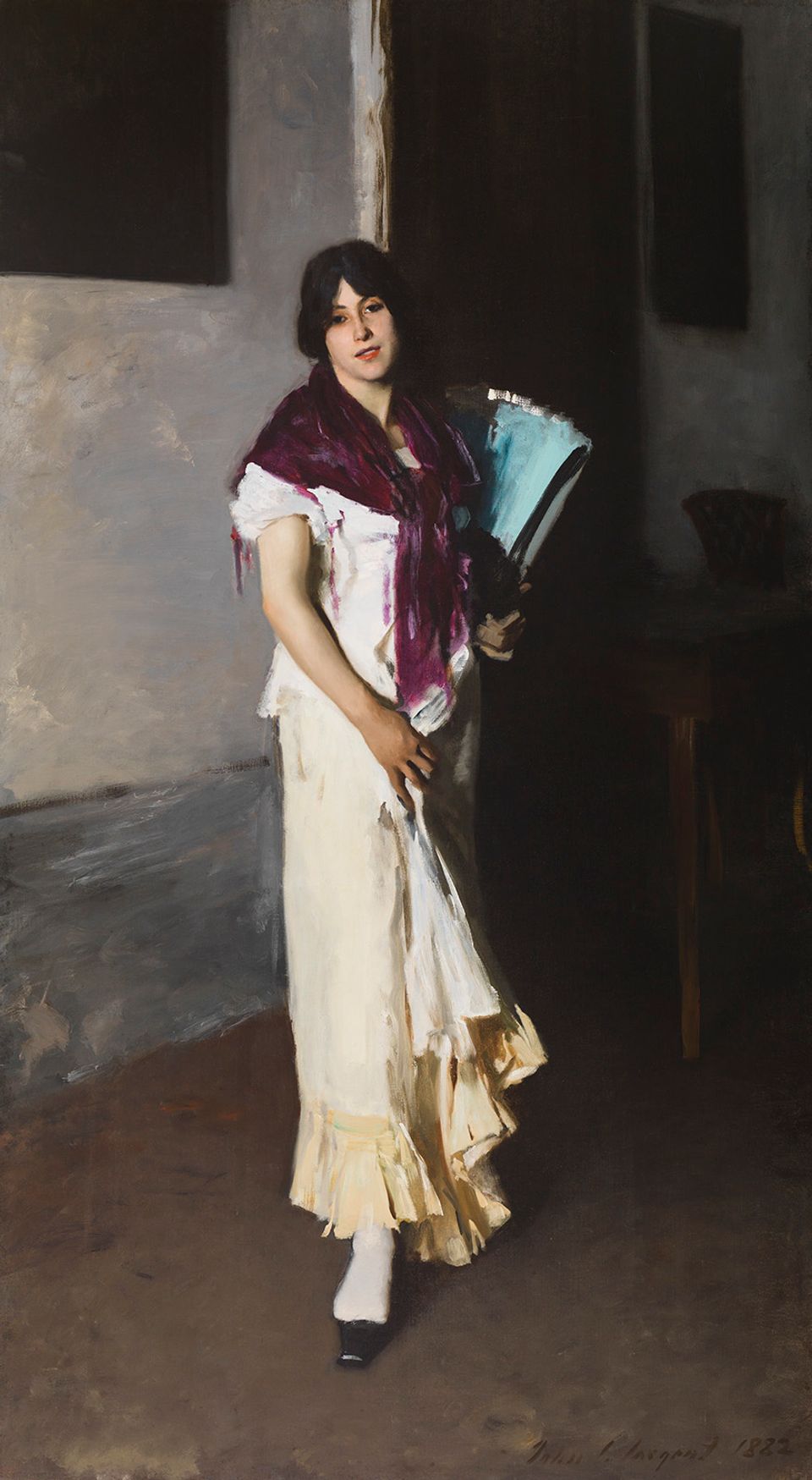John Rogers

- Also known as
- John H. Rogers
- Born
- Salem, Massachusetts, United States
- Died
- New Canaan, Connecticut, United States
- Active in
- New York, New York, United States
- Biography
Born in Massachusetts, later lived in Chicago and New York City. Sculptor whose mass-produced plaster "Rogers Groups" of adults and children found places in many American homes and in some museums.
Charles Sullivan, ed American Beauties: Women in Art and Literature (New York: Henry N. Abrams, Inc., in association with National Museum of American Art, 1993)
- Artist Biography
So popular were Rogers' plaster statuary groups in the decades after the Civil War that George Armstrong Custer carried one as a symbol of Eastern culture while campaigning on the Western frontier. Known as the "people's sculptor," Rogers mass-produced his designs, casting the original model many times over. His most popular groups reached editions of up to 20,000. His subjects were taken from popular literature, such as Longfellow's Tales of the Wayside Inn, and provided conversation pieces for the middle-class Victorian parlor. In this way, Rogers made real the myths and symbols of old New England for thousands of Americans across the country.
Like Frank Benson, Rogers was born into a merchant family in Salem, Massachusetts. His great-grandfather was Elias Hasket Derby, one of the young republic's first millionaires. His father's financial reverses, however, forced Rogers to postpone an artistic career and train, after schooling in the graphic arts at Boston English High School, as a mechanic for the Amoskeag Machine Shop in Manchester, New Hampshire. Rogers followed the rails west and settled in Hannibal, Missouri, where he worked as a railroad mechanic in the 1850s. The Depression of 1857 forced him back to Massachusetts where he began sculpting. The success he realized in 1859 when he exhibited the first of his "Checker Players" statuettes continued until the turn of the century.
William H. Truettner and Roger B. Stein, editors, with contributions by Dona Brown, Thomas Andrew Denenberg, Judith K. Maxwell, Stephen Nissenbaum, Bruce Robertson, Roger B. Stein, and William H. Truettner Picturing Old New England: Image and Memory (Washington, D.C.; New Haven, Conn; and London: National Museum of American Art with Yale University Press, 1999)
Luce Artist BiographyJohn Rogers was hugely popular with the American public during the late 1800s, selling almost eighty thousand of his plaster statuettes or “groups.” As a young man, he trained to be a machinist and worked in several factories. He spent his spare time modeling figures from clay and in 1858 decided to travel to Europe to train to be a sculptor. He was disappointed, however, because his realistic approach to sculpture did not fit with the neoclassical style practiced in Rome and Paris, and he soon returned to America. He exhibited his sculptures in shop windows and charity fairs, taking orders for copies. His small groups sold for around fifteen dollars, making them a popular art for the middle class rather than accessories for “rich people’s parlors.”















